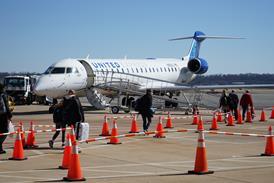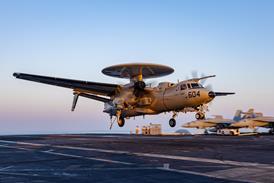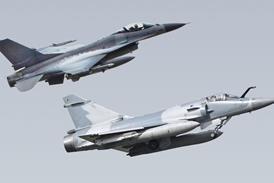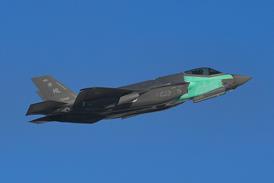An opening had appeared in the business aviation market by the late 1960s. Between the ranks of high-end turboprops flying at 260kt (480km/h) and low-end business jets cruising at 435kt yawned a major opportunity in the eyes of executivesat Cessna.
Into this chasm came the concept for the FanJet 500, which was introduced at the 1968 NBAA convention.
The straight-wing FanJet, which was renamed after the famous thoroughbred Citation the following year, was designed to cruise at 35,000ft (10,680m) and 350kt, with the handling characteristics and short-field performance of the Cessna 421 twin-turboprop.
Cessna's vision proved highly successful. It may have seemed curiously underpowered compared with rival business jets, but the Citation found its true niche as a faster alternative to turboprops.
The Citation offered one-third more speed than a turboprop, and could take off on 915m runways, opening markets where competing business jets simply could not go.
The stretched, eight-seat Citation II was launched in 1976 and became the highest-selling business jet in history. Its success propelled Cessna to the top ranks of the business jet market for most of the past three decades.
 |
|---|
©AirTeam Images |
Source: Flight International























